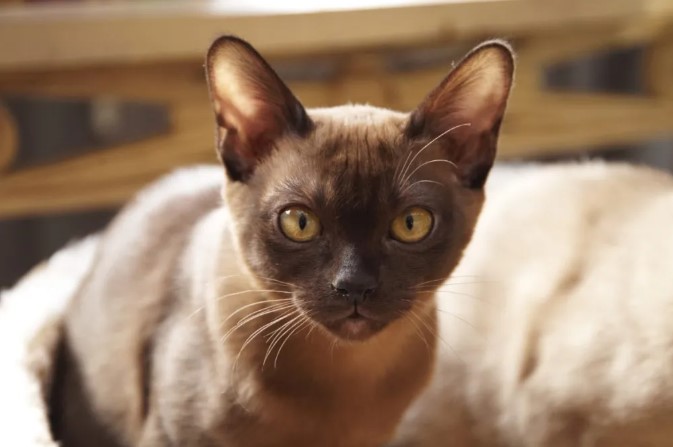Introduction
European Burmese cats are a unique and captivating breed known for their striking appearance and affectionate demeanor. In this comprehensive guide, we will delve into the various aspects of this fascinating breed, from their origins to their health, care, and personality traits.
Origins and History
The European Burmese cat breed originated from the crossing of Burmese cats with other breeds, including Siamese cats, in Europe. The breed’s development began in the mid-20th century, primarily in Britain and France. Breeders aimed to maintain the Burmese cat’s distinctive features while introducing new color variations and patterns.
Physical Characteristics
European Burmese cats are medium-sized with muscular bodies and rounded heads. They have expressive eyes that can range in color from gold to green. Their coats are short, glossy, and come in a variety of colors, including sable, champagne, blue, and platinum.
Temperament and Personality
One of the most endearing qualities of European Burmese cats is their affectionate and sociable nature. They thrive on human companionship and enjoy being part of the family. These cats are known for their playful demeanor and love to interact with their owners. They are also intelligent and can be trained to perform tricks or play games.
Health Considerations
While European Burmese cats are generally healthy, like all breeds, they are prone to certain health conditions. These may include:
- Respiratory issues: Due to their flattened faces, European Burmese cats may experience breathing difficulties.
- Dental problems: Their unique jaw structure can predispose them to dental issues such as gingivitis and periodontal disease.
- Heart conditions: Some European Burmese cats may be at risk of developing heart murmurs or other cardiac issues.
Regular veterinary check-ups and a balanced diet can help mitigate these health concerns and ensure the overall well-being of your European Burmese cat.
Grooming Needs
European Burmese cats have short coats that require minimal grooming. Weekly brushing with a soft-bristled brush will help remove loose hair and distribute natural oils, keeping their coat shiny and healthy. Additionally, regular nail trimming and dental care are essential parts of their grooming routine.
FAQs (Frequently Asked Questions)
Q: Are European Burmese cats suitable for families with children? A: Yes, European Burmese cats are generally excellent with children. They are playful and affectionate, making them ideal companions for families.
Q: Do European Burmese cats get along with other pets? A: Yes, with proper socialization, European Burmese cats can coexist peacefully with other pets, including dogs and other cats.
Q: How much exercise do European Burmese cats need? A: European Burmese cats are moderately active and enjoy interactive play sessions. Providing them with toys and engaging activities will help keep them mentally and physically stimulated.
Conclusion
European Burmese cats are charming and affectionate companions that bring joy and warmth to any household. With their unique appearance, playful nature, and loving temperament, they make wonderful pets for individuals and families alike. By understanding their needs and providing them with proper care and attention, you can ensure a fulfilling and enriching relationship with your European Burmese cat.
